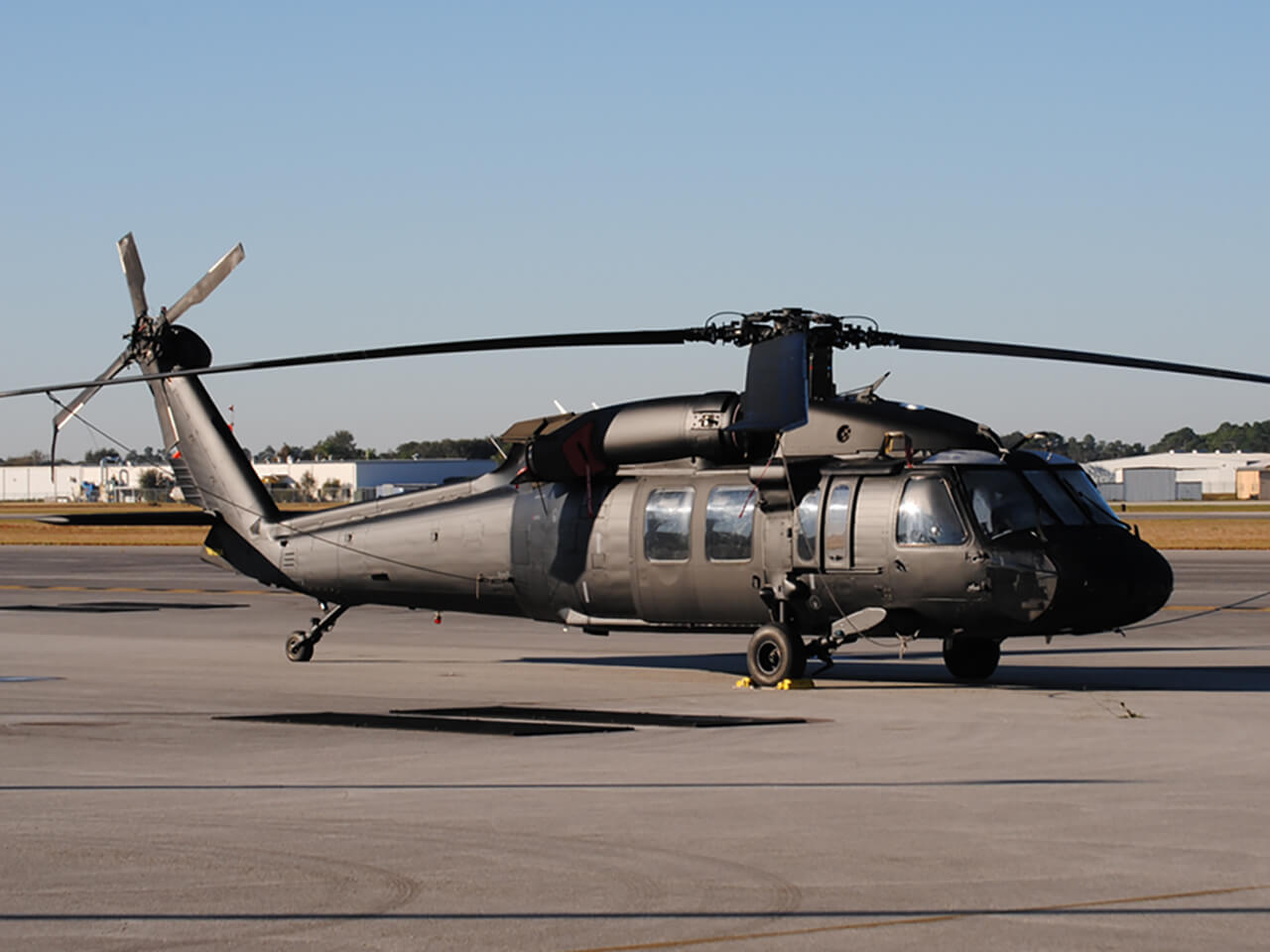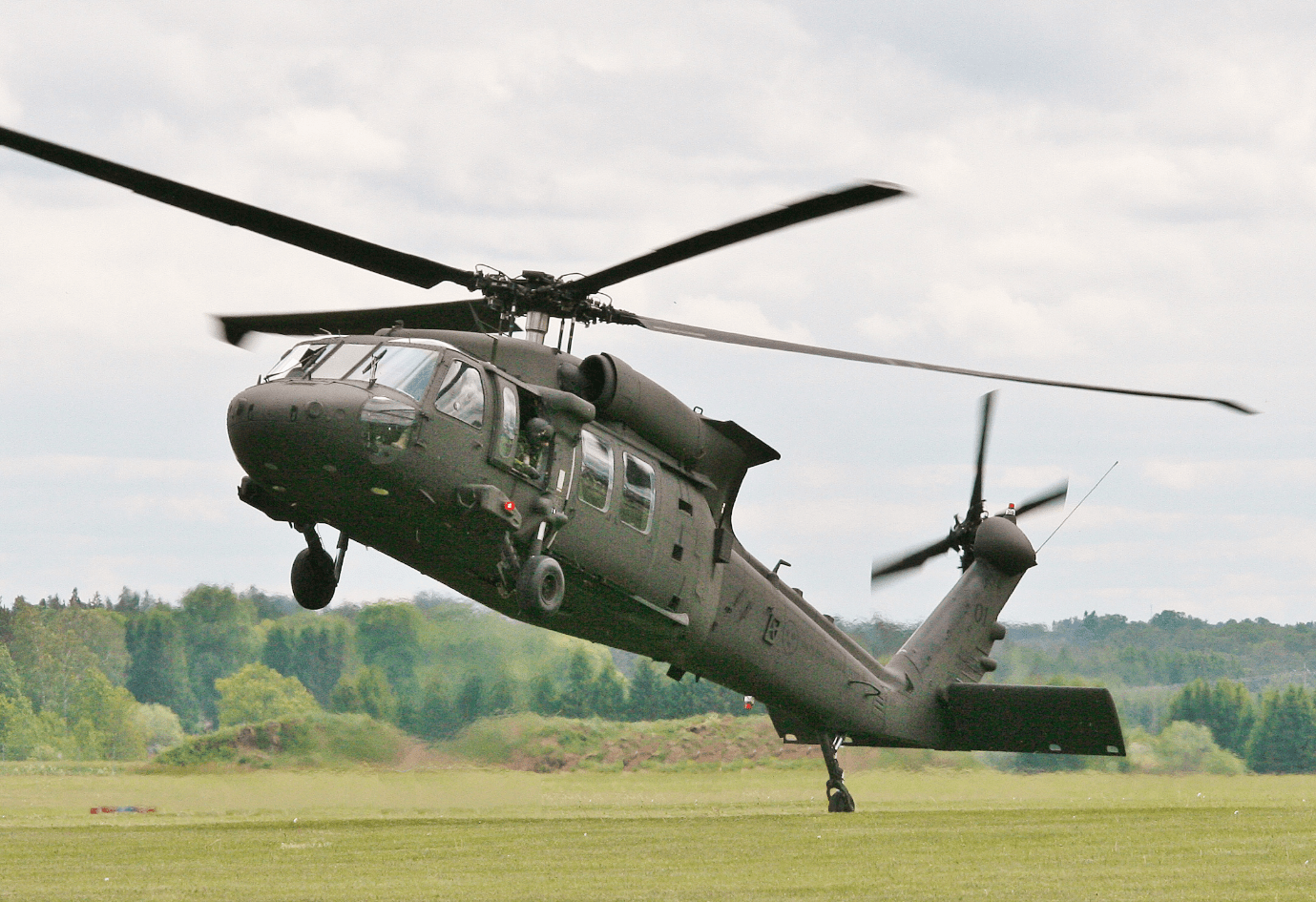Every Little Thing You Need to Learn About the UH 60 Helicopter
The UH-60 helicopter, a cornerstone of united state Army air travel given that its launching in 1979, stands for an amazing mix of design and functional versatility. Recognized for its extraordinary rate and range, the UH-60 has been adjusted for different goals, from army transport to clinical emptying. As military needs advance, so too does the helicopter, with continuous developments aimed at enhancing its abilities and integrating contemporary technologies. To totally appreciate the relevance of the UH-60 in contemporary armed forces procedures, one should consider its history, layout, and the future developments that might redefine its role.
History of the UH-60
Created in the late 1970s, the UH-60 Black Hawk helicopter arised as a feedback to the united state Army's need for a flexible utility helicopter that might execute a variety of goals under tough problems. The inspiration for its design was the imperfections identified in the earlier helicopters utilized throughout the Vietnam Battle, particularly in terms of speed, survivability, and ability to move.
The Black Hawk was made by Sikorsky Aircraft, including advanced technologies and products to boost its performance and toughness. It was formally presented right into service in 1979, swiftly becoming an important asset for armed forces operations - uh 60. Its ability to deliver soldiers, medical discharge, and logistical assistance in both battle and humanitarian goals made the Black Hawk a very useful part of the united state Army's aeronautics fleet
Throughout the years, the UH-60 has been continually updated, adjusting to the altering nature of warfare and the progressing demands of contemporary armed forces procedures. Its functional background consists of involvement in major conflicts, peacekeeping goals, and catastrophe relief initiatives, solidifying its credibility as a dependable and reliable helicopter in numerous atmospheres worldwide.

Design and Requirements
The design of the UH-60 Black Hawk helicopter regularly mirrors a dedication to operational performance and flexibility. Established by Sikorsky Airplane, this medium-lift utility helicopter includes a sleek, aerodynamic body that improves rate and maneuverability. Its tandem rotor system, identified by 2 counter-rotating blades, minimizes resonance and enhances lift capability, enabling safer procedures in diverse settings.
The UH-60 is powered by two T700-GE-701C turboshaft engines, supplying a maximum speed of around 180 knots and a variety of around 400 nautical miles. Its durable airframe is created from sophisticated composite products, ensuring toughness while keeping a reasonably reduced weight. The helicopter has an optimum gross weight of regarding 22,000 extra pounds, sustaining a flexible payload configuration.

Roles and Objectives
A functional platform, the UH-60 Black Hawk helicopter offers a wide variety of functions and missions within army operations. Made mostly for army transport, it is capable of bring up to 11 soldiers, making it a necessary property for quick deployment and logistical assistance.
Along with troop transport, the UH-60 masters clinical discharge (MEDEVAC) Read Full Article goals, geared up with sophisticated clinical tools to offer critical care during transit. Its capacity to run in diverse environments improves its effectiveness in combat search and rescue (CSAR) operations, where quick removal of personnel is crucial.
The helicopter likewise plays a significant role in reconnaissance and security objectives, utilizing onboard sensors and equipment to debrief. Its adaptability prolongs to logistical support, capable of transporting materials and devices to ahead running bases.
In fight operations, the UH-60 can be equipped with various tool systems, enabling it to give close air assistance. Its multi-role capability makes the Black Hawk an important device for modern-day military forces, adapting flawlessly to the advancing needs of field of battle scenarios and making certain goal success across a variety of functional contexts.
Efficiency and Capacities
Understood for its robust performance, the UH-60 Black Hawk helicopter flaunts impressive capabilities that boost its functional effectiveness across various missions. uh 60. This multi-role aircraft is furnished with powerful twin-engine Turbomeca Arriel 1D1 engines, offering phenomenal speed and ability to move, with an optimum cruise ship speed of about 150 knots and a functional variety of around 400 maritime miles
The Black Hawk's advanced avionics and fly-by-wire control systems considerably boost flight security and handling, permitting it to operate in varied settings, including damaging climate condition. Its convenience is more exhibited by its capability to carry as much as 11 totally outfitted more helpful hints soldiers or a haul of around 8,000 extra pounds, making it excellent for army transport, clinical emptying, and logistical support objectives.
Additionally, the UH-60 is created for survivability, featuring strengthened airframes, ballistic defense for crew and travelers, and progressed countermeasure systems to escape dangers. The helicopter's dexterity and speed, combined with its ability for rapid release, make it a vital asset in modern-day military operations, making sure that it continues to be a crucial component of tactical air assistance and battlefield mobility.
Future Dope

One significant emphasis is the assimilation of innovative avionics systems, which will boost situational understanding with improved navigation and interaction capabilities. This consists of the possible usage of synthetic knowledge to help pilots in decision-making and mission planning.
Furthermore, future versions might integrate advanced products and design attributes to bolster the helicopter's resilience and minimize its radar signature, enhancing survivability in contested settings.
The introduction of hybrid-electric propulsion systems is additionally on the perspective, intending to boost fuel effectiveness and reduce logistical problems. Such navigate to these guys improvements might extend functional range and minimize the helicopter's ecological impact.

Conclusion
The UH-60 helicopter represents a substantial innovation in armed forces aviation considering that its introduction in 1979. Its durable style, versatile abilities, and continuous upgrades ensure its relevance in different operational roles, consisting of troop transport and clinical evacuation. As technology proceeds, future advancements will likely enhance its efficiency via the integration of expert system and hybrid-electric systems. The UH-60's sustaining existence underscores its essential function in modern military procedures and highlights the recurring advancement of army aeronautics modern technology.
The UH-60 helicopter, a cornerstone of U.S. Military aviation because its launching in 1979, stands for an exceptional blend of engineering and functional convenience. As military requirements advance, so too does the helicopter, with recurring advancements intended at enhancing its abilities and incorporating modern-day technologies.The layout of the UH-60 Black Hawk helicopter constantly mirrors a dedication to operational efficiency and versatility. Established by Sikorsky Airplane, this medium-lift energy helicopter includes a streamlined, aerodynamic body that boosts rate and ability to move.The UH-60 helicopter stands for a significant development in army aeronautics given that its intro in 1979.